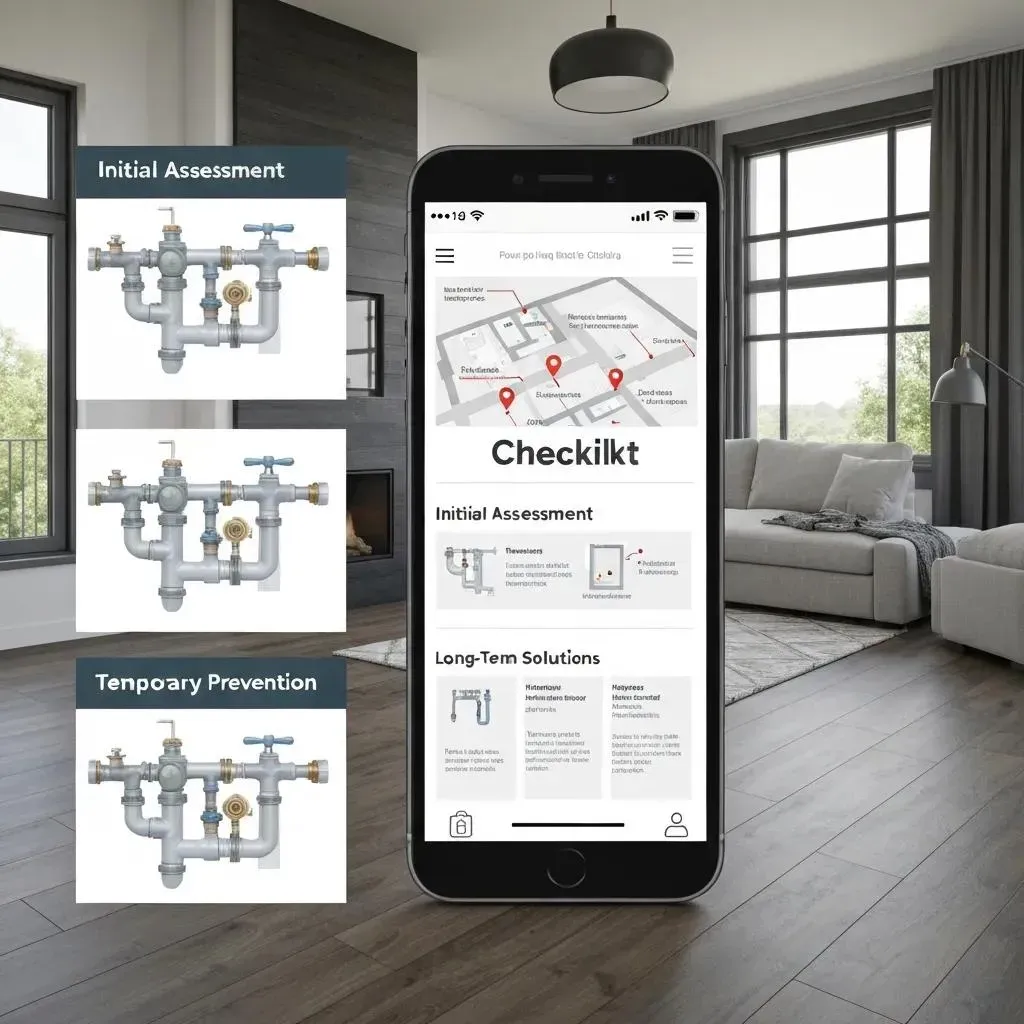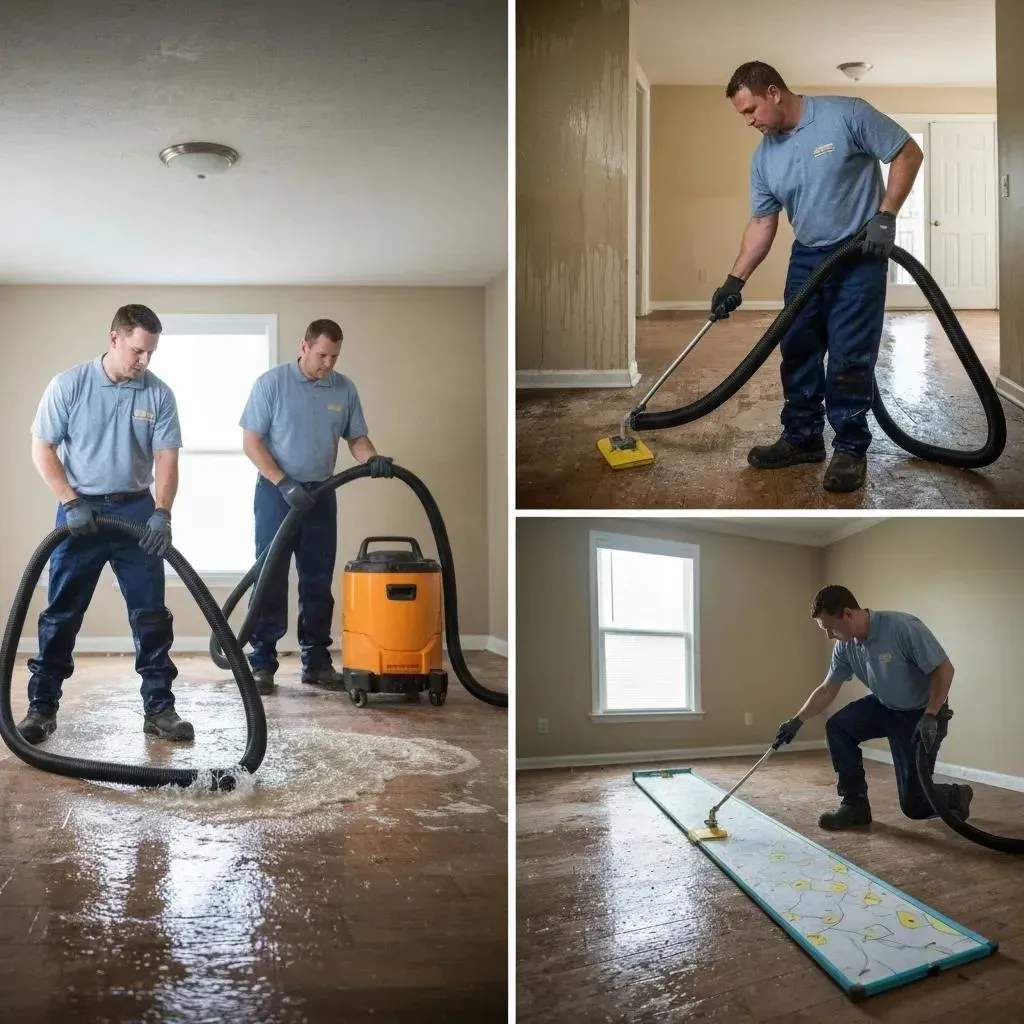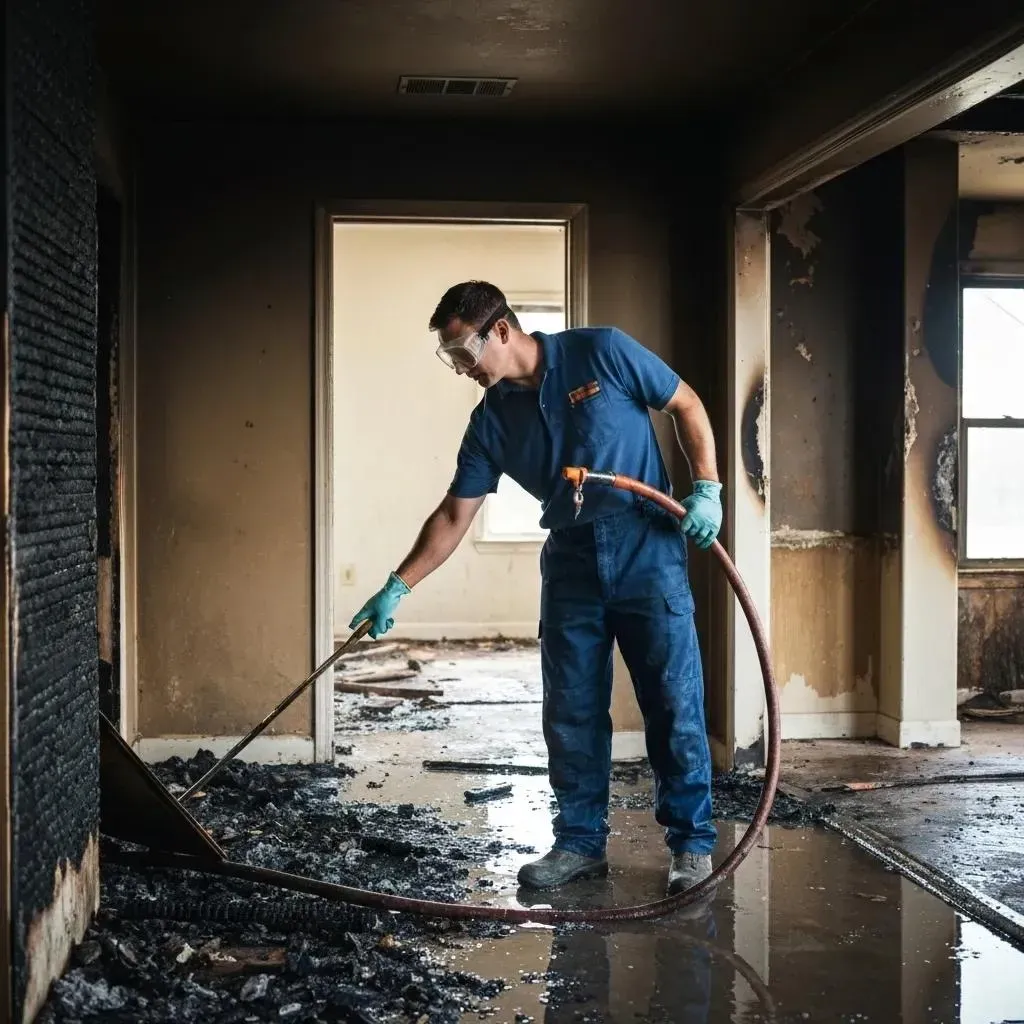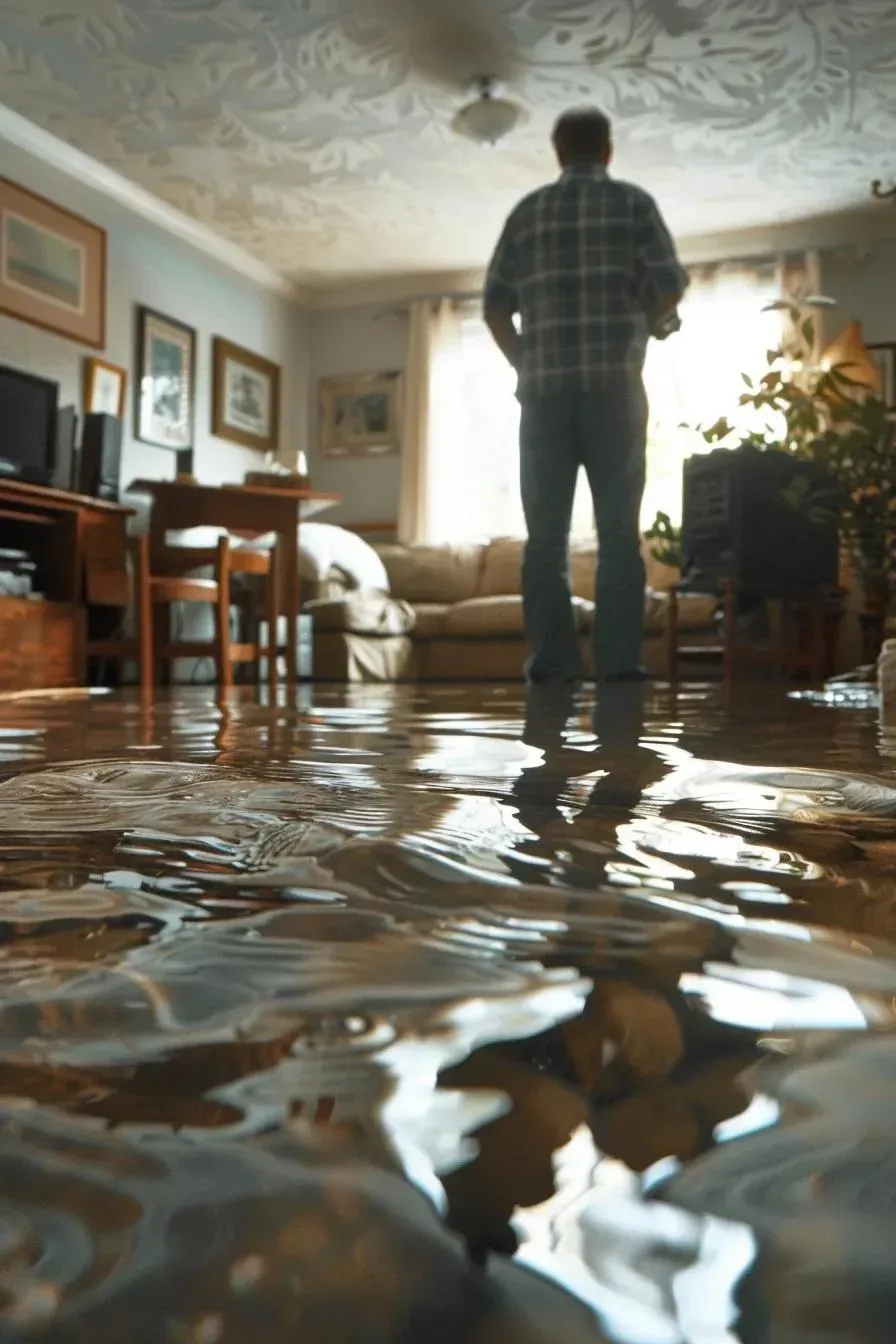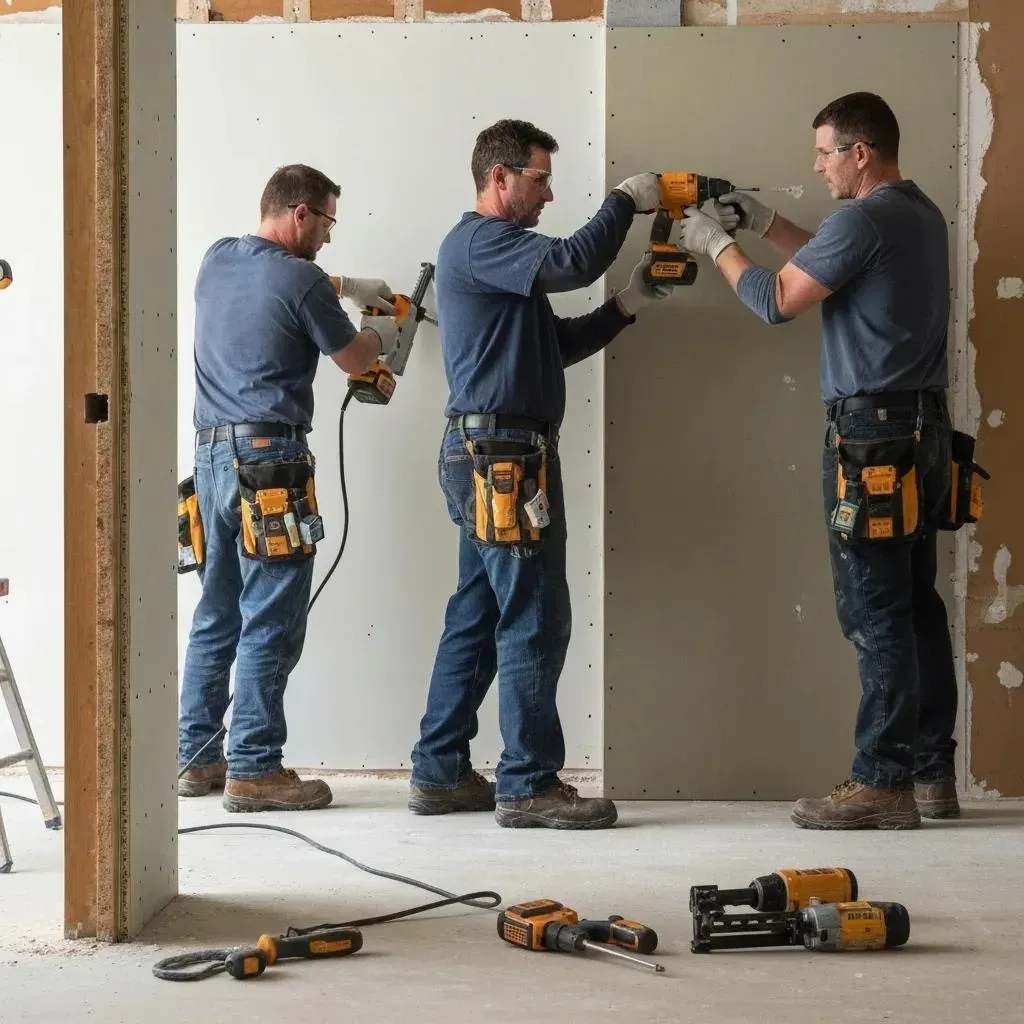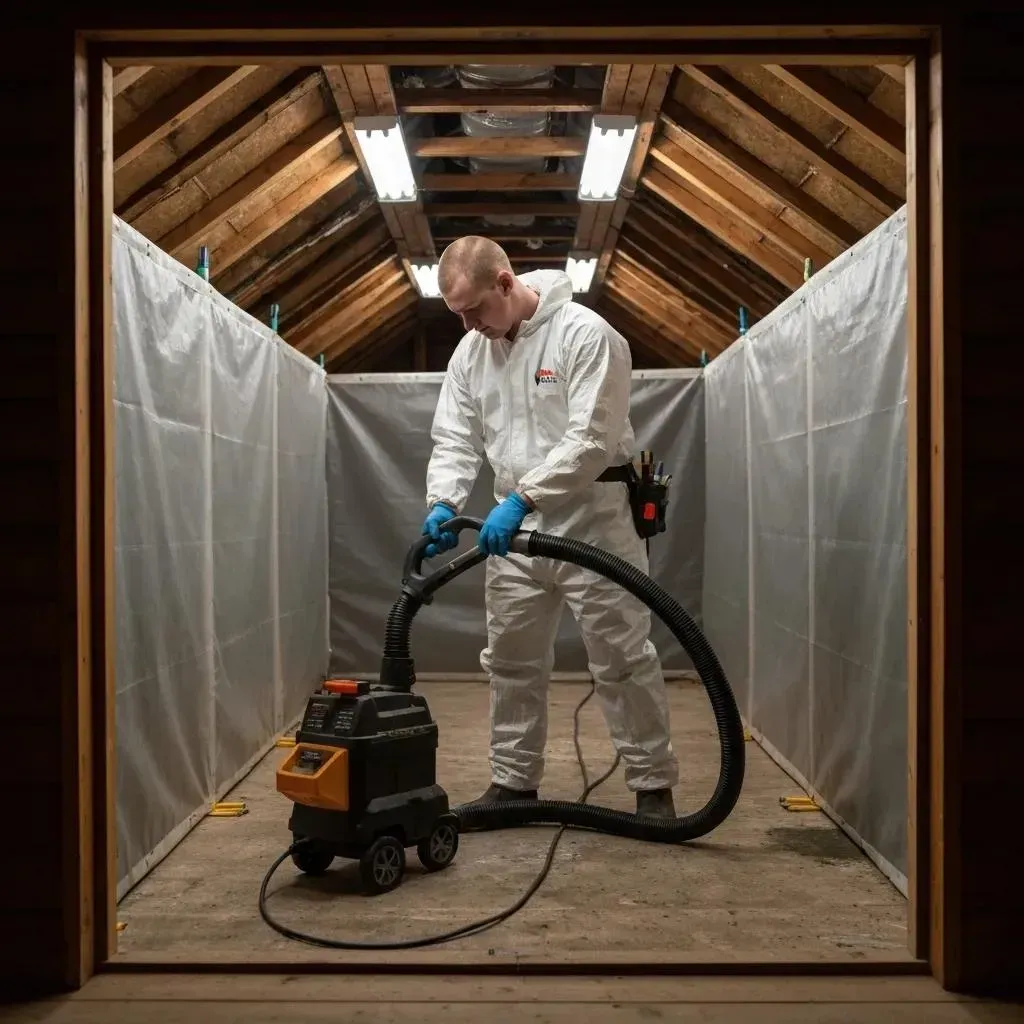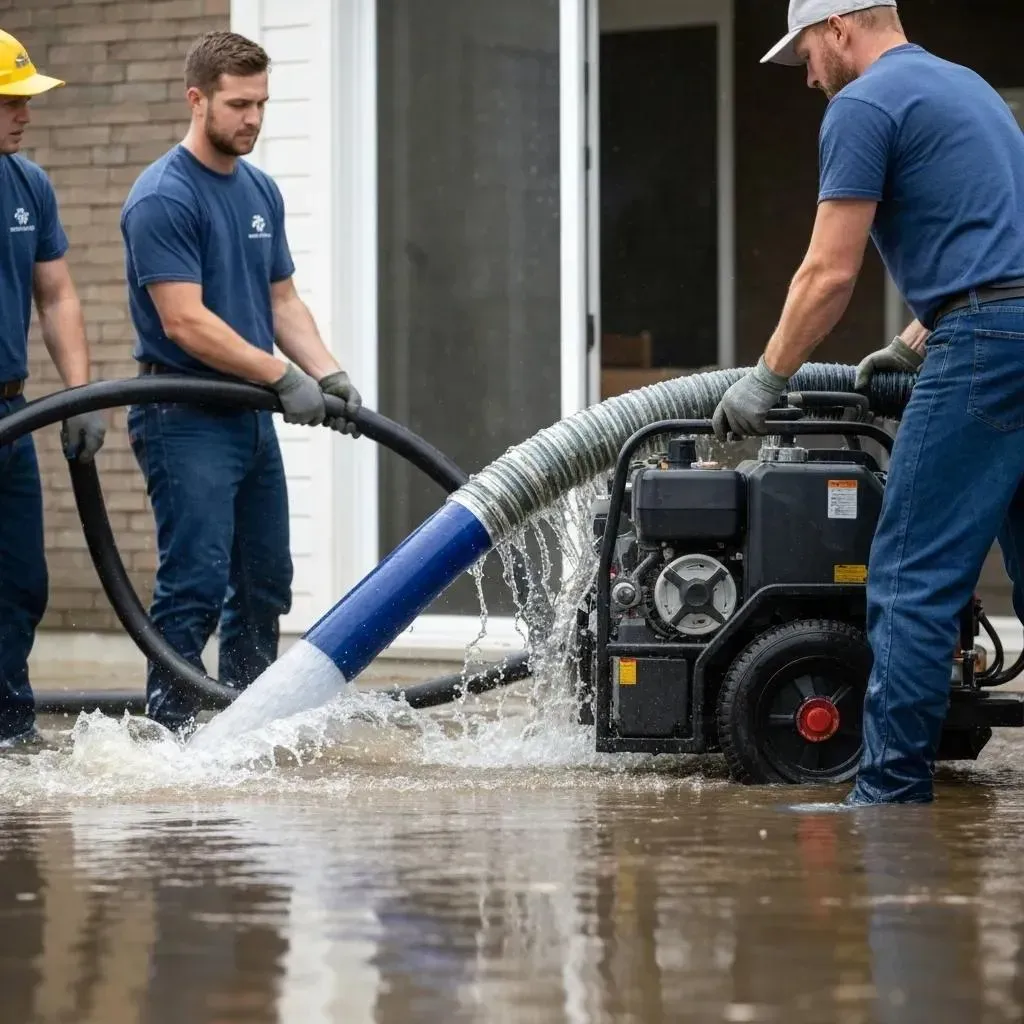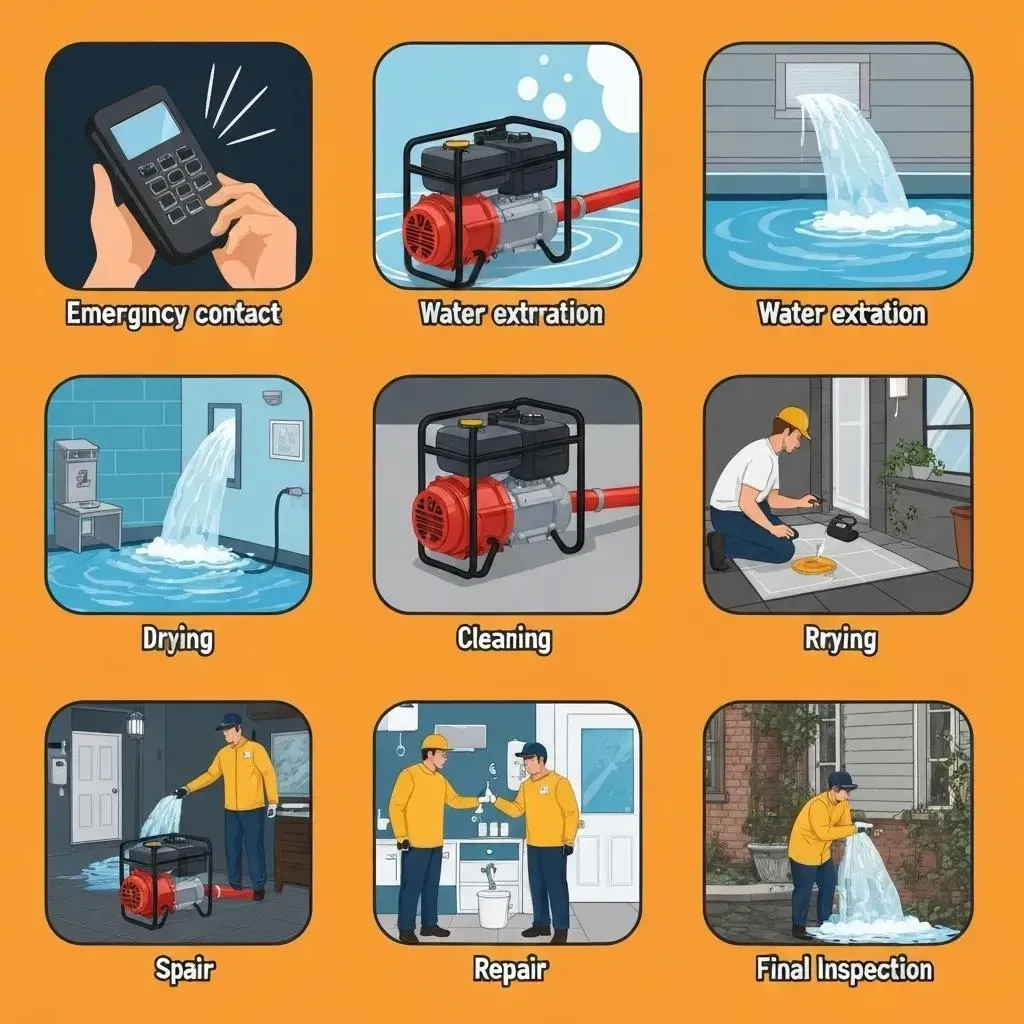Blog
Winter in Colorado can be beautiful, but it's also the season when energy bills can skyrocket. With temperatures regularly dipping below freezing and heating systems running constantly, many homeowners see their energy costs double or even triple during the coldest months. The good news is that with smart strategies and simple improvements, you can significantly reduce your energy consumption while keeping your home warm and comfortable. At Accountable Home Services, we've compiled our most effective energy-saving tips to help you slash your winter utility bills without sacrificing comfort.
1. Master Your Thermostat Settings for Maximum Savings
Your thermostat is the command center of your home's energy usage, and optimizing its settings is the fastest way to see immediate savings on your heating bills. The Department of Energy estimates that you can save up to 10% annually on heating and cooling by simply turning your thermostat back 7-10 degrees from its normal setting for 8 hours a day. This doesn't mean you have to be uncomfortable – it's about being strategic with your temperature settings.
Set your thermostat to 68°F while you're awake and at home, then lower it to 60-65°F while you're sleeping or away. Every degree you lower the thermostat can save you approximately 1-3% on your heating bill. Your body naturally cools down during sleep, so you won't notice the lower temperature under warm blankets. Consider investing in a programmable or smart thermostat that automatically adjusts temperatures based on your schedule, ensuring you never heat an empty house.
Create heating zones in your home by closing vents in unused rooms and focusing warmth where you spend the most time. However, be careful not to close more than 20% of your vents, as this can strain your HVAC system. Use space heaters wisely in rooms you're actively using rather than heating the entire house to a higher temperature.
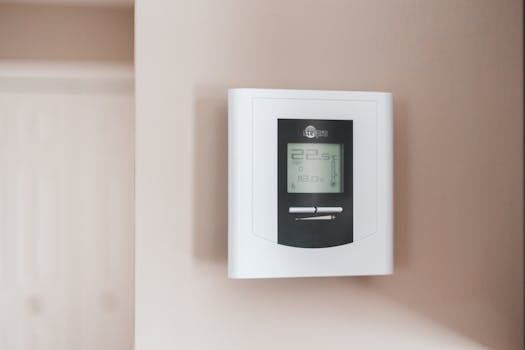
Take advantage of natural heat during sunny winter days by opening curtains on south-facing windows to let the sun warm your home naturally, then close them at night to insulate against the cold. This passive solar heating can raise room temperatures by several degrees at no cost.
2. Eliminate Energy-Draining Air Leaks Throughout Your Home
Air leaks are silent energy thieves that can account for 25-40% of the energy used for heating and cooling in a typical home. Cold air infiltrating through gaps and cracks forces your heating system to work overtime, dramatically increasing your energy bills. The cumulative effect of all the small leaks in your home can be equivalent to leaving a window open all winter long.
Start your leak detection mission by conducting a simple hand test on a windy day. Hold your hand near windows, doors, electrical outlets, and other potential leak sources to feel for drafts. Pay special attention to areas where different building materials meet, such as corners, where siding meets the foundation, and around chimneys. These transition zones are notorious for developing gaps over time.
Once you've identified leaks, seal them using the appropriate materials. Apply weatherstripping to movable components like doors and windows – choose v-strip for the sides of doors, door sweeps for the bottom, and foam tape for window sashes. Use caulk for stationary cracks and gaps less than 1/4 inch wide, particularly around window and door frames. For larger gaps, especially around pipes and vents, use expanding foam sealant.

Don't forget about less obvious air leak sources. Electrical outlets on exterior walls can be major culprits – install foam gaskets behind outlet covers to block drafts. Check your attic access door or pull-down stairs, which often lack proper insulation and weatherstripping. Even small leaks around recessed lighting, especially in rooms below attics, can contribute to significant heat loss.
3. Upgrade Your Insulation for Long-Term Energy Savings
Proper insulation is your home's thermal blanket, and inadequate insulation is one of the primary causes of high winter energy bills. Heat rises, and without sufficient attic insulation, that expensive warm air escapes right through your roof. The EPA estimates that homeowners can save an average of 15% on heating and cooling costs by properly insulating and air sealing their homes.
Check your current insulation levels, starting with the attic. In Colorado's climate zone, you should have at least R-38 to R-60 insulation in your attic, which translates to about 10-20 inches of insulation depending on the material type. If you can see the floor joists in your attic, you definitely need more insulation. Adding attic insulation is one of the most cost-effective home improvements, often paying for itself within 2-3 years through energy savings.
Wall insulation is equally important but more challenging to assess and improve. If your home was built before 1980, there's a good chance your walls are under-insulated or have no insulation at all. While adding wall insulation requires professional installation and investment, it can reduce heating costs by 20-30%. Consider having an energy audit performed to identify where your home needs insulation improvements most.
Don't overlook your basement or crawl space. Uninsulated basement walls can account for up to 30% of your home's heat loss. Insulating basement walls and rim joists can make lower levels more comfortable and reduce the workload on your heating system. For crawl spaces, ensure proper vapor barriers and insulation to prevent cold air from entering your home from below.
4. Optimize Your Windows for Winter Efficiency
Windows are responsible for 25-30% of residential heating energy use, making them a critical focus area for winter energy savings. While replacing old windows with energy-efficient models provides the best long-term solution, there are many cost-effective improvements you can make to your existing windows immediately.
Install window insulation film on single-pane windows to create an additional barrier against heat loss. This clear plastic film creates an insulating air pocket and can reduce heat loss through windows by up to 50%. The film is inexpensive, easy to install, and virtually invisible once applied. For maximum effectiveness, ensure the film is taut and sealed completely around the window frame.
Thermal curtains or insulated cellular shades provide another layer of protection against heat loss. These window treatments can reduce heat loss by up to 40% when properly installed and used. Choose curtains that extend beyond the window frame and reach the floor for maximum effectiveness. Open them during sunny days to capture solar heat, then close them at dusk to trap warmth inside.
For windows you don't need to open during winter, consider using temporary caulk or rope caulk to seal them completely. This removable solution eliminates drafts without permanent modifications. Storm windows, either interior or exterior, add another protective layer and can reduce heat loss through windows by 25-50%.
5. Maintain Your Heating System for Peak Efficiency
A well-maintained heating system operates more efficiently, uses less energy, and lasts longer than a neglected one. Regular maintenance can improve your system's efficiency by up to 30%, translating to significant savings on your winter energy bills. Just as you wouldn't drive your car for years without an oil change, your heating system needs regular attention to perform optimally.
Change your furnace filter monthly during heating season. A clogged filter restricts airflow, forcing your system to work harder and use more energy to maintain desired temperatures. Dirty filters not only increase energy consumption but also reduce indoor air quality and can lead to premature system failure. Mark your calendar or set phone reminders to ensure you never forget this crucial task.
Schedule annual professional maintenance before heating season begins. A qualified technician will clean components, check for gas leaks, test safety controls, measure combustion efficiency, and identify potential problems before they become expensive repairs. This preventive maintenance typically costs $100-200 but can save you hundreds in energy costs and prevent mid-winter breakdowns.
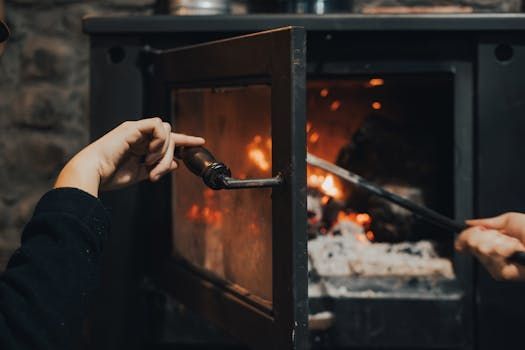
Keep your heating vents and radiators clear of furniture, curtains, and other obstructions that block heat flow. Vacuum vents regularly to remove dust and debris that can impede airflow. If you have radiators, install reflective panels behind them to direct more heat into the room rather than into the wall.
6. Leverage Smart Technology and Behavioral Changes
Technology and simple habit changes can yield surprising energy savings without requiring major investments or renovations. Smart home devices, when used correctly, can optimize your energy usage automatically, while conscious behavioral adjustments cost nothing but can significantly impact your bills.
Smart power strips eliminate phantom loads from electronics that draw power even when turned off. These vampire energy drains can account for 5-10% of your total energy use. Gaming consoles, cable boxes, and home office equipment are major culprits. Smart strips automatically cut power to devices in standby mode, saving you money without any effort.
Use LED bulbs throughout your home, especially for lights that stay on for extended periods. LEDs use 75% less energy than incandescent bulbs and last 25 times longer. During winter's shorter days when lights are on longer, this switch can noticeably reduce your electric bill. Take advantage of dimmer switches to further reduce energy consumption and create ambiance.
Adopt energy-conscious habits like wearing warm clothing indoors so you can keep the thermostat lower, using exhaust fans sparingly as they pull warm air out of your home, and cooking with lids on pots to reduce cooking time and add humidity to dry winter air. Run dishwashers and washing machines with full loads and use cold water when possible – heating water accounts for about 90% of the energy used in washing clothes.
Conclusion
Reducing your winter energy bills doesn't require suffering through a cold house or making huge investments. By implementing these strategies systematically, most homeowners can reduce their winter energy costs by 20-40% while maintaining or even improving comfort levels. Start with the low-cost, high-impact improvements like adjusting your thermostat settings and sealing air leaks, then gradually work toward larger investments like insulation upgrades and system replacements. Remember that every small improvement adds up to significant savings over time. At Accountable Home Services, we're committed to helping Colorado homeowners achieve maximum energy efficiency and comfort. Contact us at (720) 620-3272 to schedule an energy assessment or to discuss how we can help you implement these money-saving strategies in your home.

